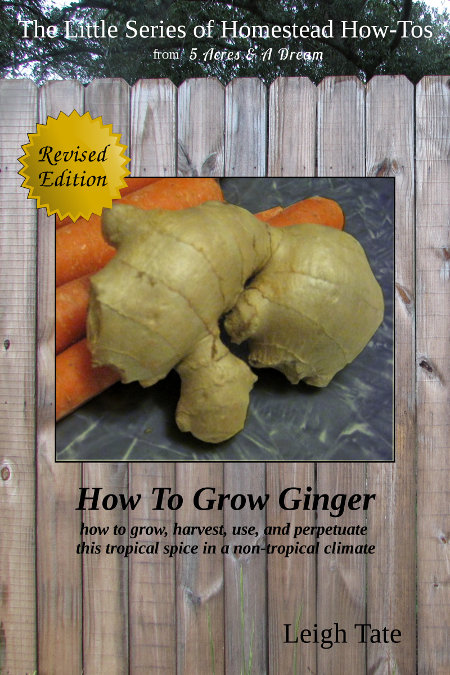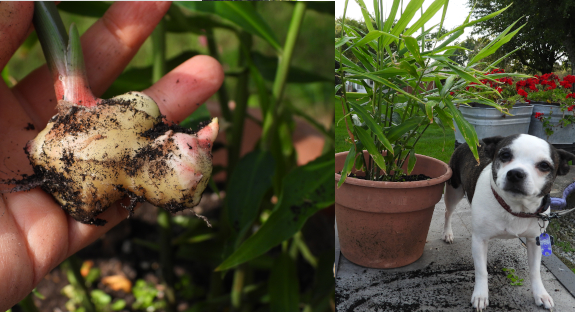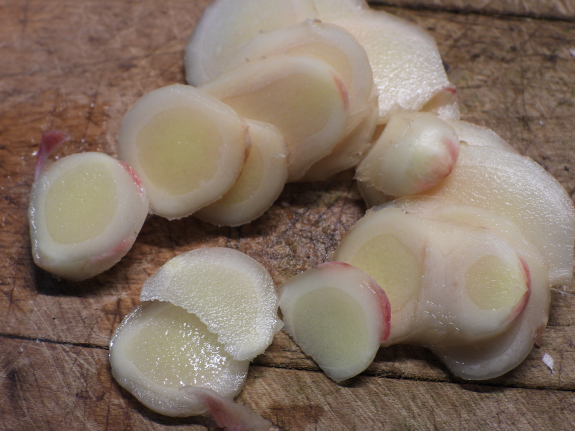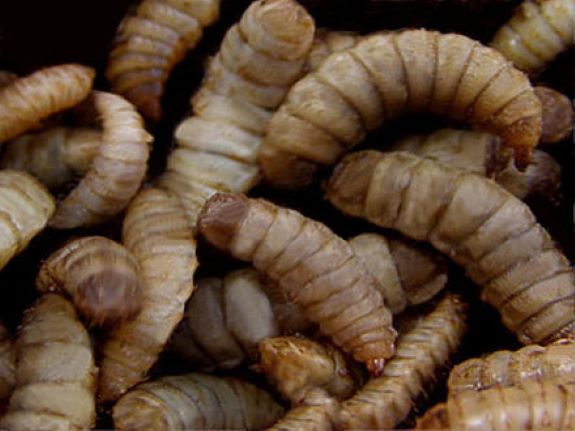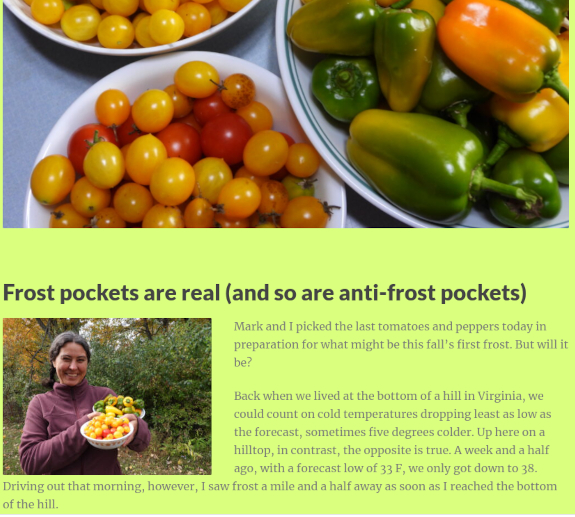
archives for 10/2022
I had so much fun reading How to Grow Ginger by Leigh Tate. But before I dive into my review, I have to include an important caveat. Reading this book doesn't necessarily mean your mothers-in-law will gift you with a five month old ginger plant so you can experiment immediately...even though it totally did for me. (Thank you so much, Rose Nell and Jayne!)
Ahem, back to the point. I'd seen fresh ginger for sale at our local farmer's market, but I hadn't taken the time to figure out whether it was worth growing ourselves. The short answer: very worthwhile because the process is crazy easy. Basically, you put a store-bought ginger root in a big pot a bit after your frost-free date, keep the plant in partial shade and topdress with compost once a month, then harvest after the leaves die back in the autumn.
Or you can start harvesting earlier, the way I did. Each of the stems in your pot leads down to a single ginger root and if you have strong hands you can tear out a root the way you'd grub out new potatoes. I pulled out two roots and made pickled ginger (so easy and so delectable!) and lacto-fermented ginger (still in the works). I'm also looking forward to making candied ginger with honey for a family member who loves the treat but prefers to dine sugar-free.
If those experiments don't sound like fun, Tate also includes recipes for dehydrating ginger and turning it into the powder you put into cookies and cakes, plus a primer on making a ginger drink. I particularly enjoyed her section about peeling. Upshot: you don't have to peel if you're like me and prefer to leave skins on.
To cut a long story short, if you're interested in growing ginger you might as well jumpstart your process by checking out this excellent guide. Like everything else you grow yourself, fresh ginger out of your yard just tastes better than any you can buy!
Our black soldier fly composting system is slowing down due to colder Fall nights.
Austrian designer Katharina Unger has invented a new, reliable product to farm the larvae inside for human consumption.
It's called Farm 432 and promises to produce enough protein for a 2 person meal every 2 weeks or 432 hours.
The product is still in a Beta stage but seems to be well thought out and almost ready for prime time.
Frying the larvae produces a crunchy texture that might mix well with a rice or pasta dish.
We have not tried fried larvae yet but the more I read about it the less resistance I have to eating bugs.
When Mark and I started the Walden Effect, blogging was a bit of a Wild West. There were so many formats to choose between and we chose the one that was free for us.
Later, Wordpress gradually won the format war in many ways. I've been gradually moving our other sites over, but Walden Effect is so huge that the handcoding involved in such a transition would take way too many hours to be feasible.
So we're experimenting with something different. Please head over to our sister site Wetknee to enjoy this week's blog post, and while you're at it please set your RSS feed for that new address. Unless we hit some unforeseen hurdles, we'll be sharing news there instead of here in the future. (And if hurdles are hit, we'll inform you there to come back here!)
Thanks, as always, for following us on our adventures!
Want more in-depth information? Browse through our books.
Or explore more posts by date or by subject.
About us: Anna Hess and Mark Hamilton spent over a decade living self-sufficiently in the mountains of Virginia before moving north to start over from scratch in the foothills of Ohio. They've experimented with permaculture, no-till gardening, trailersteading, home-based microbusinesses and much more, writing about their adventures in both blogs and books.
